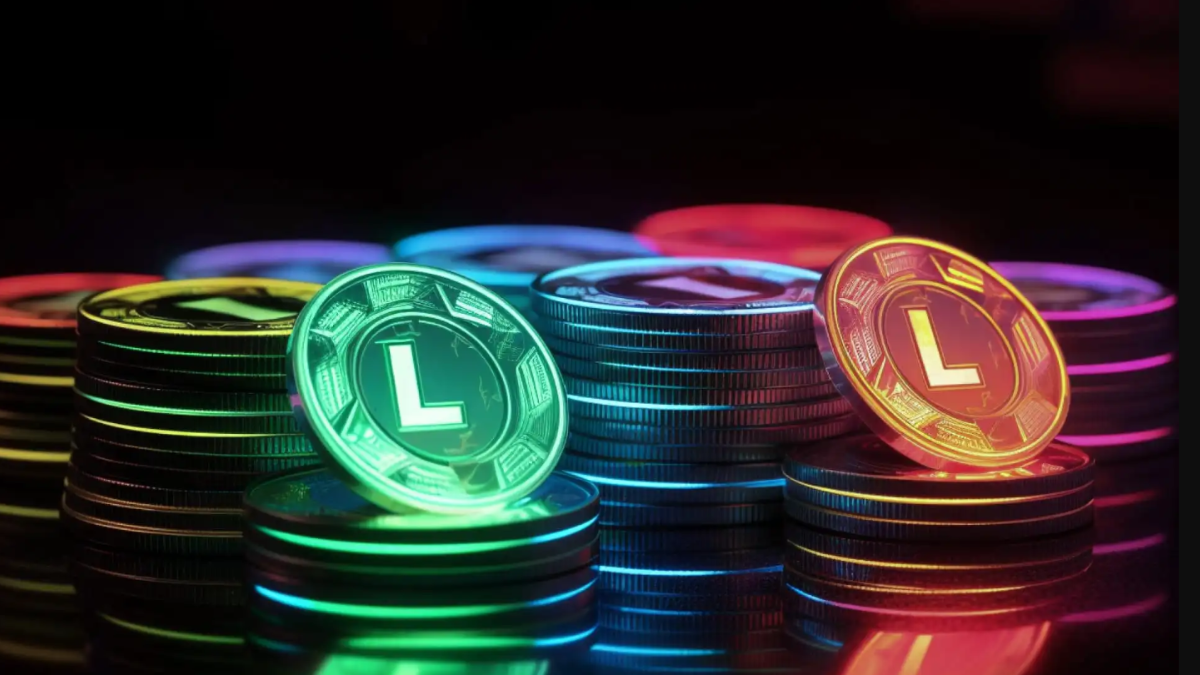As cryptocurrency continues to reshape the financial landscape, Litecoin stands out as one of the top contenders in the market. Originally created as a ‘silver’ counterpart to Bitcoin’s ‘gold’, this digital asset has garnered significant attention from traders and investors alike. Here are ten intriguing facts about Litecoin that every trader should be aware of.
Litecoin’s unique creation story
Litecoin was created in 2011 by Charlie Lee, a former Google engineer, who aimed to improve Bitcoin’s shortcomings. Unlike Bitcoin, which operates on a proof-of-work model, Litecoin uses a different hashing algorithm called Scrypt. This allows for faster transaction times and greater efficiency, making it appealing for everyday use.
Transaction speed and block generation
One of the standout features of Litecoin is its impressive transaction speed. While Bitcoin’s average block generation time is approximately 10 minutes, Litecoin processes a new block roughly every 2.5 minutes. This swift transaction capability not only enhances user experience but also positions Litecoin as a viable option for point-of-sale transactions in retail environments.
Market performance and volatility
In the ever-changing landscape of cryptocurrencies, Litecoin has shown considerable resilience. As of October 2023, it ranks among the top ten cryptocurrencies by market capitalization. However, like all cryptocurrencies, it is subject to significant volatility. Traders often analyze Litecoin’s price movements in relation to Bitcoin, as they tend to exhibit correlations. Understanding these patterns can be crucial for making informed trading decisions.
Adoption by merchants and businesses
Litecoin’s adoption has been steadily increasing, particularly among online merchants. Many e-commerce platforms now accept Litecoin as a payment method, thanks to its efficient transaction processing. Notably, services like Shopify and Overstock have integrated Litecoin payments, making it easier for consumers to use their coins in real-world transactions. This growing acceptance enhances the overall value proposition for traders.
Regulatory landscape affecting Litecoin
In the United States, the regulatory environment surrounding cryptocurrencies is evolving. Litecoin, like other digital currencies, must navigate regulations set forth by the SEC and CFTC. While the regulatory landscape can create uncertainty, increased clarity can also lead to wider adoption and stability in the market. Traders should stay informed about local laws that affect Litecoin trading and usage, as compliance could impact investment strategies.
With its unique features and growing acceptance, Litecoin presents an interesting investment opportunity for traders. As the cryptocurrency market continues to evolve, keeping these facts in mind can help you navigate the complexities of trading Litecoin effectively.
ℹ️ AI Disclaimer: This article was created using OpenAI GPT-4. Content is for informational purposes only. Please verify information independently.

